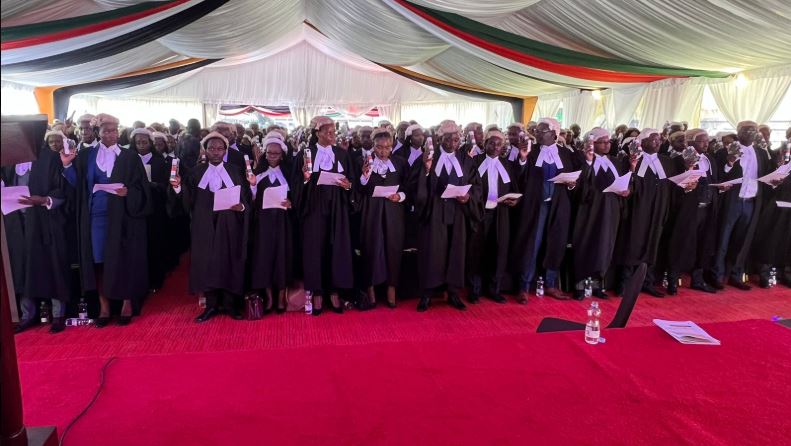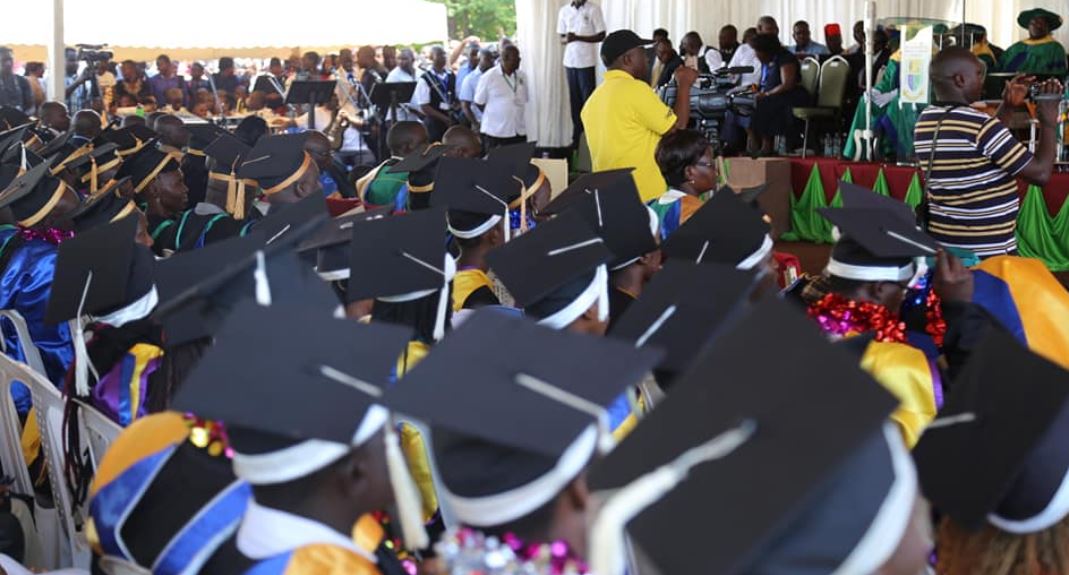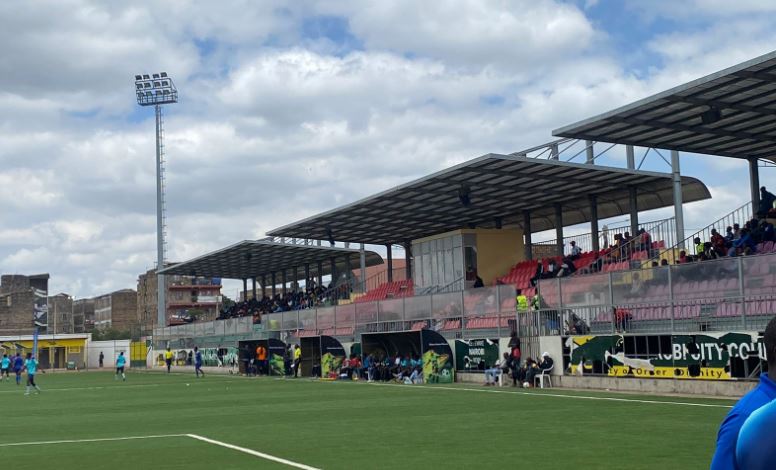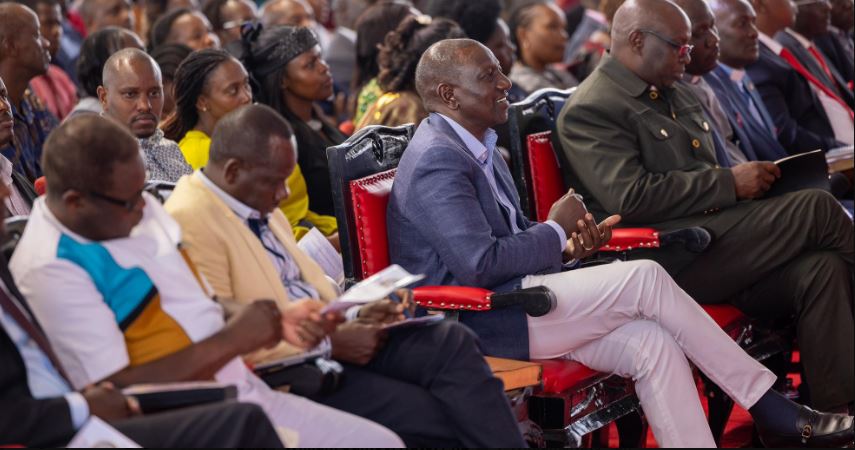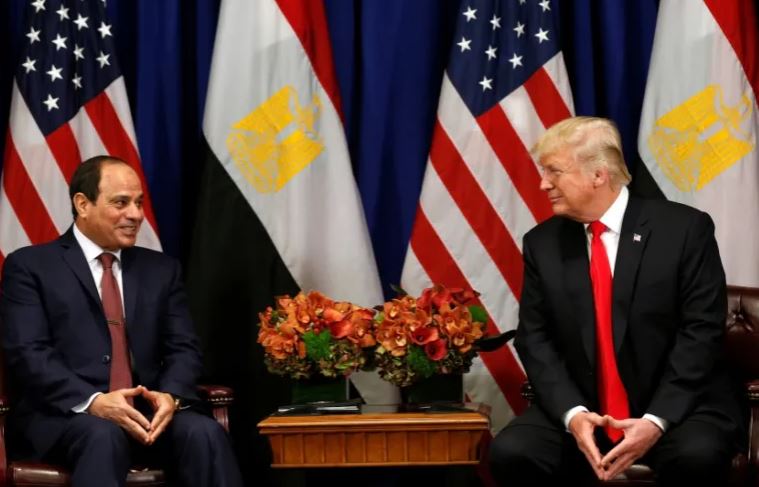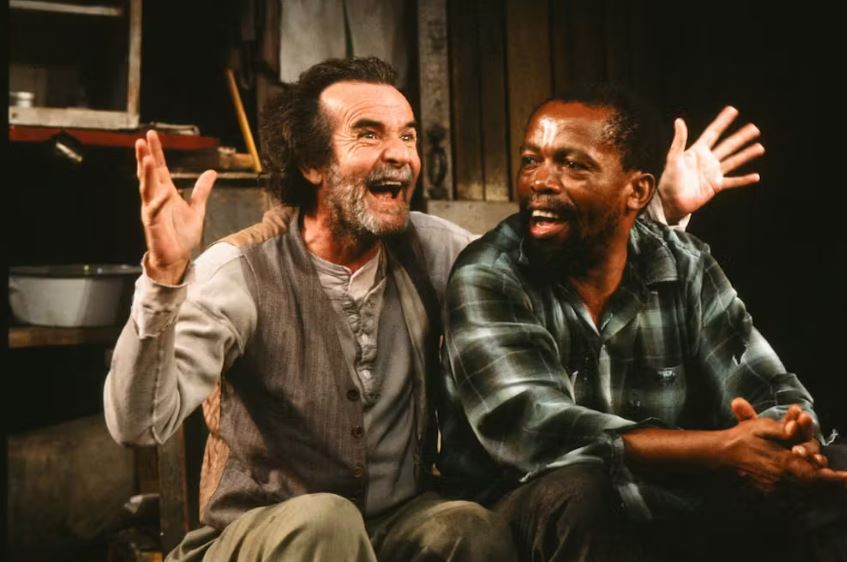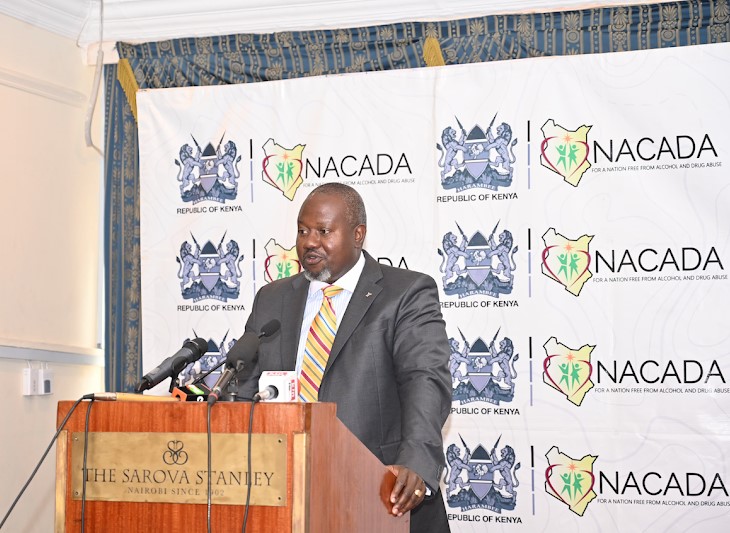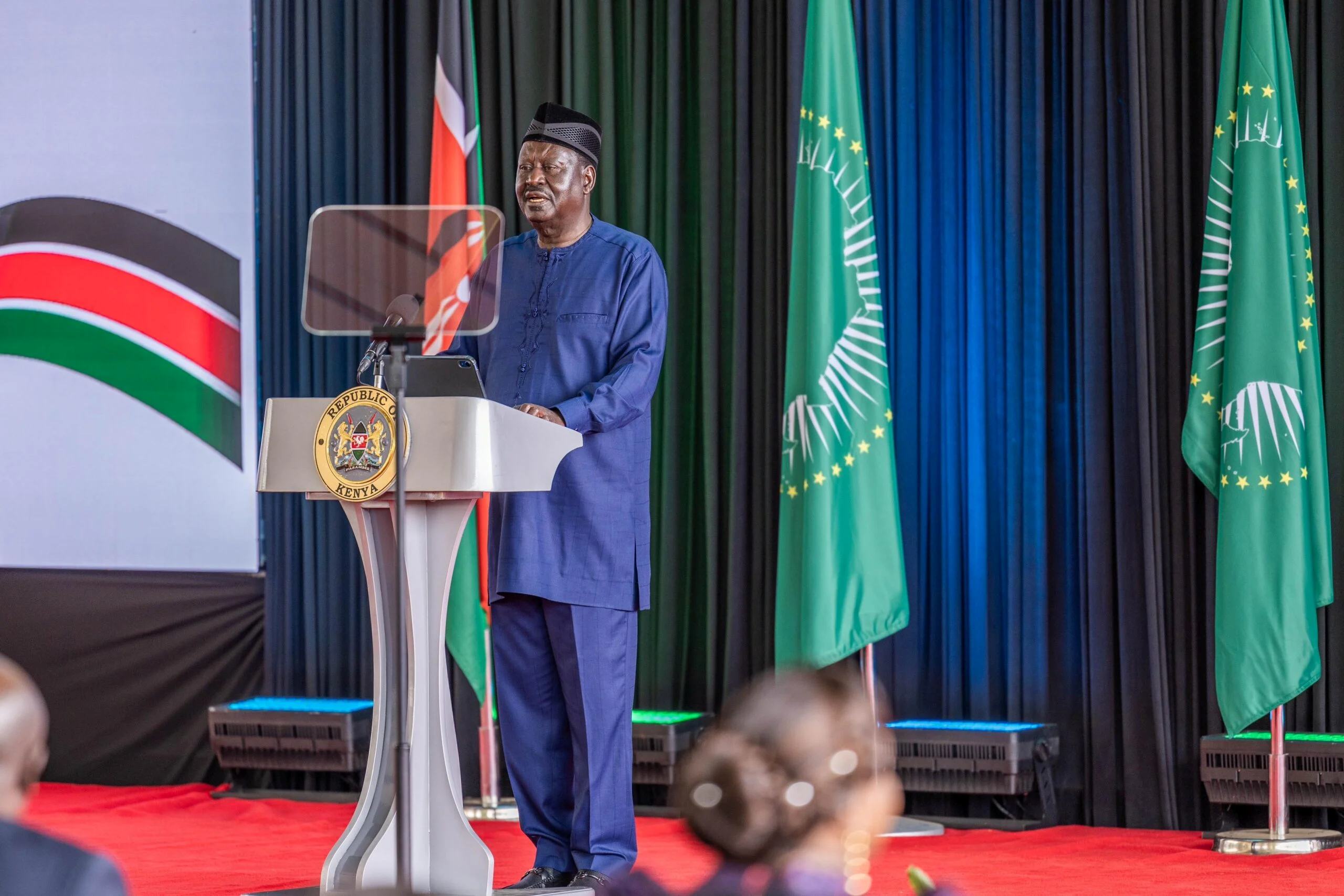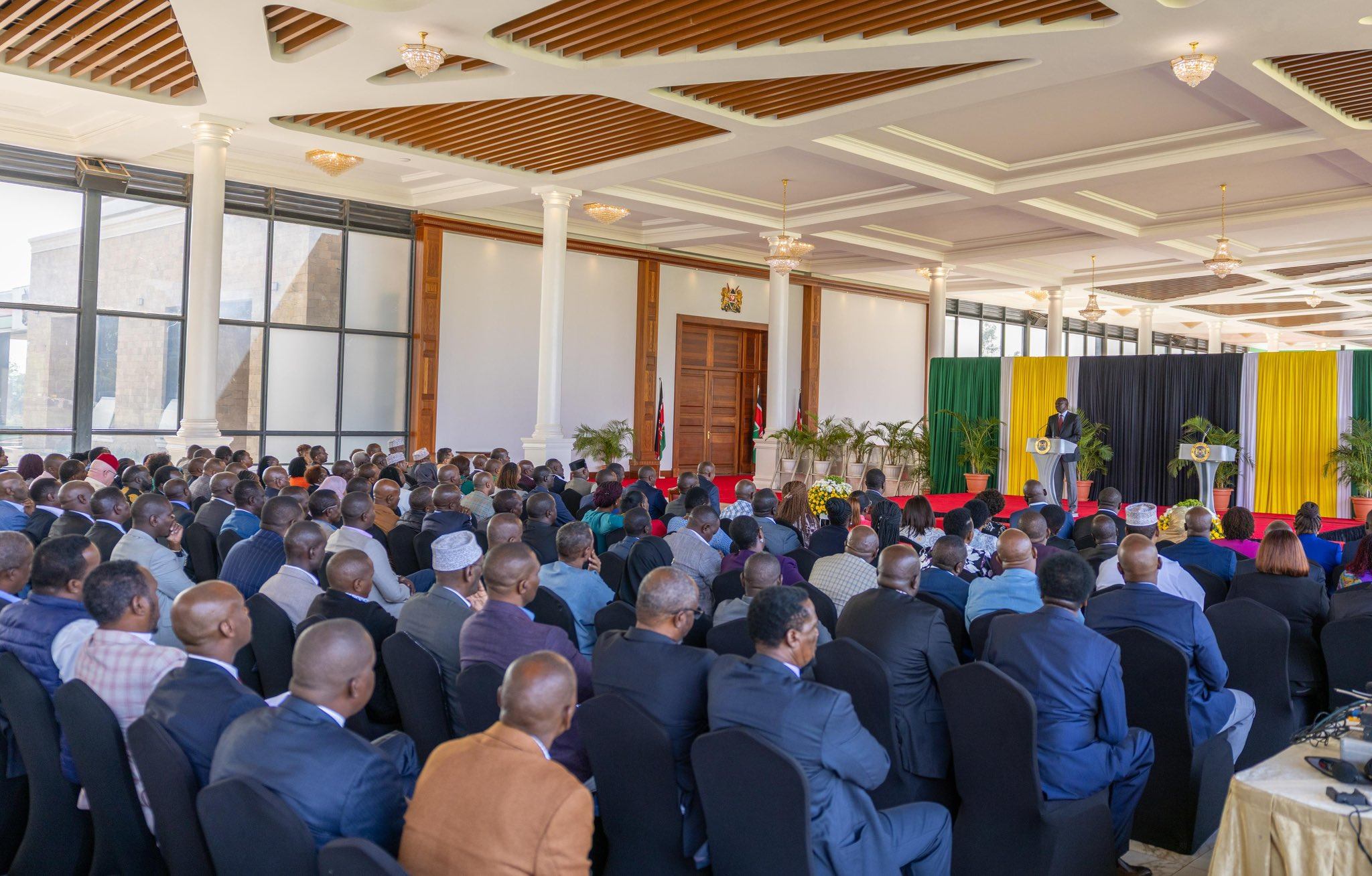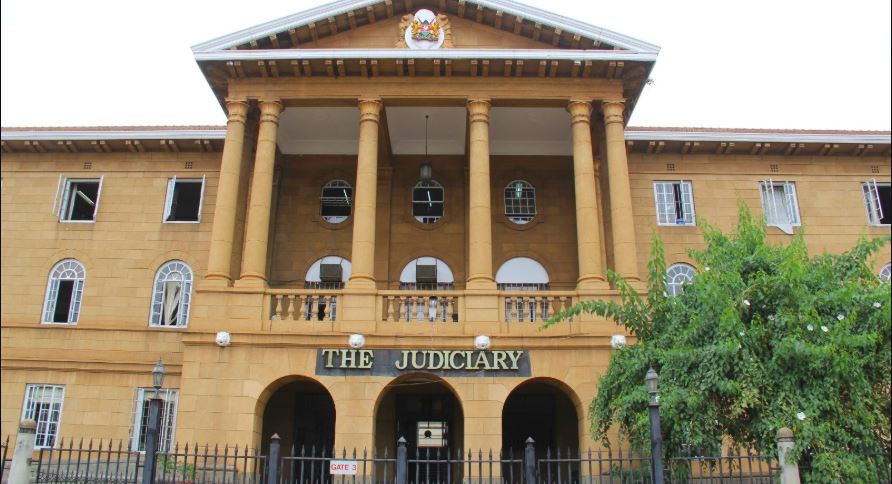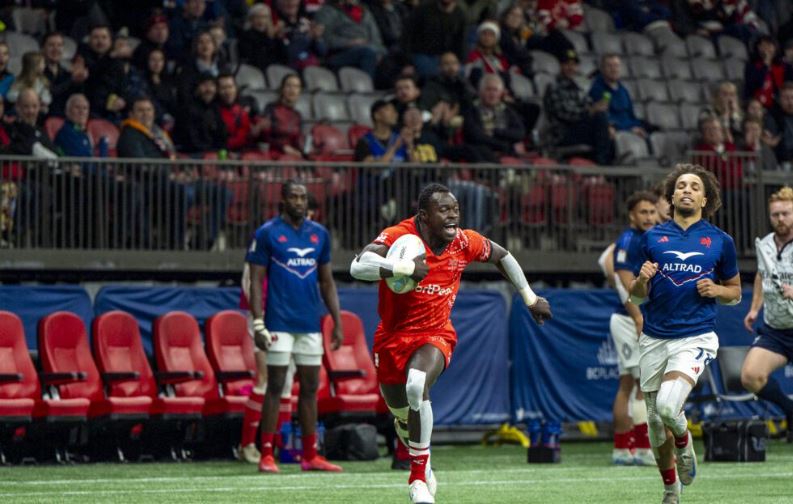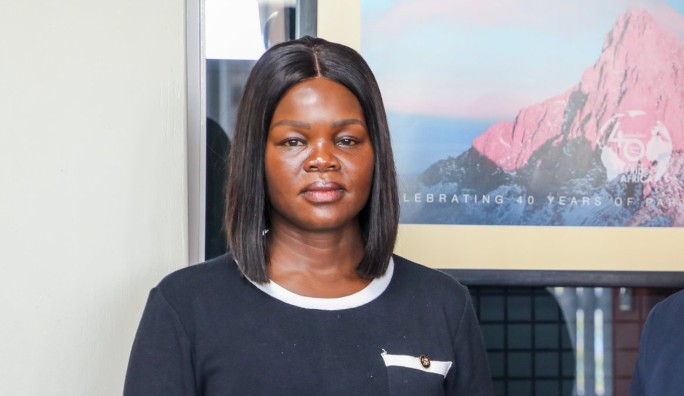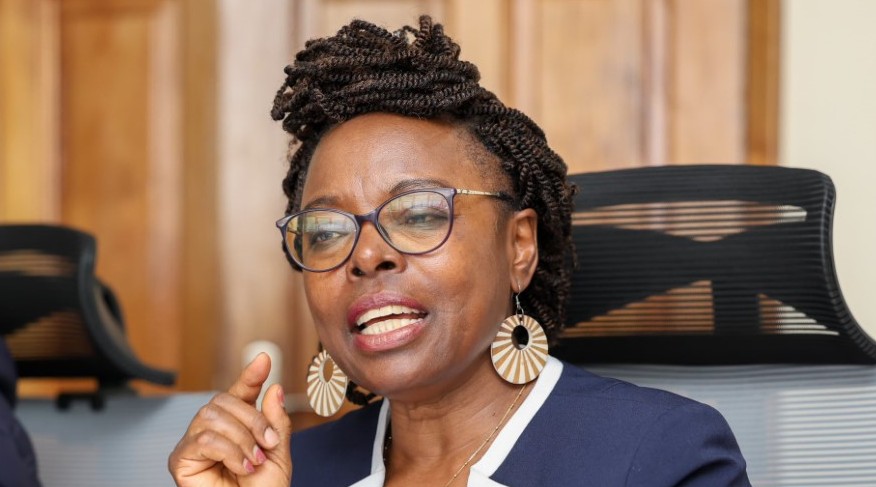Samosa: Eastleigh's most popular Ramadan snack
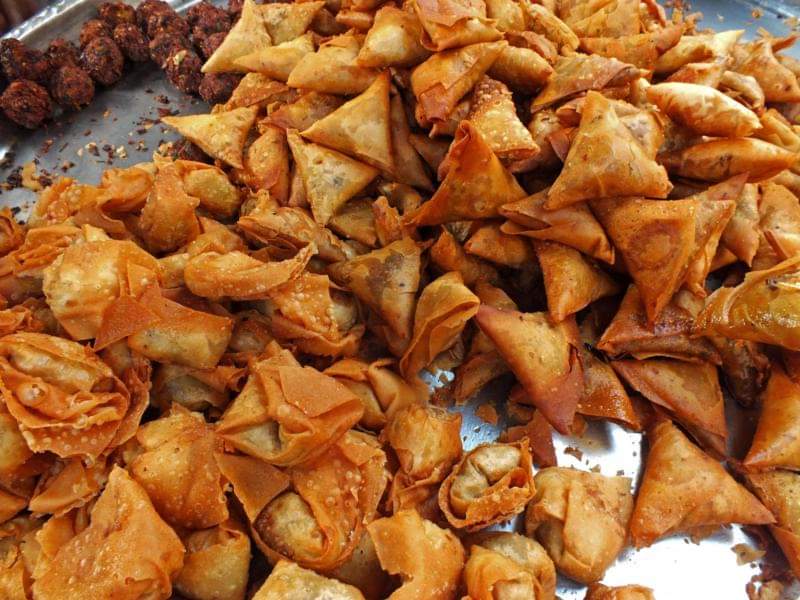
For many residents of Eastleigh, breaking the fast without eating a samosa feels like an incomplete process.
As the maghrib adhan (call to prayer) echoes through the mosque minarets in Eastleigh, Nairobi, a familiar ritual unfolds.
Muslims eagerly anticipating the end of their day-long fast during the holy month of Ramadan eat dates and then drink water, and what follows is a tradition deeply ingrained in Eastleigh's Muslim community: the consumption of samosas.
More To Read
For many residents of Eastleigh, breaking the fast without eating a samosa feels like an incomplete process.
From 6 pm onwards, most streets in Eastleigh come alive with vendors setting up stalls near mosques, ready to cater to the hungry masses.
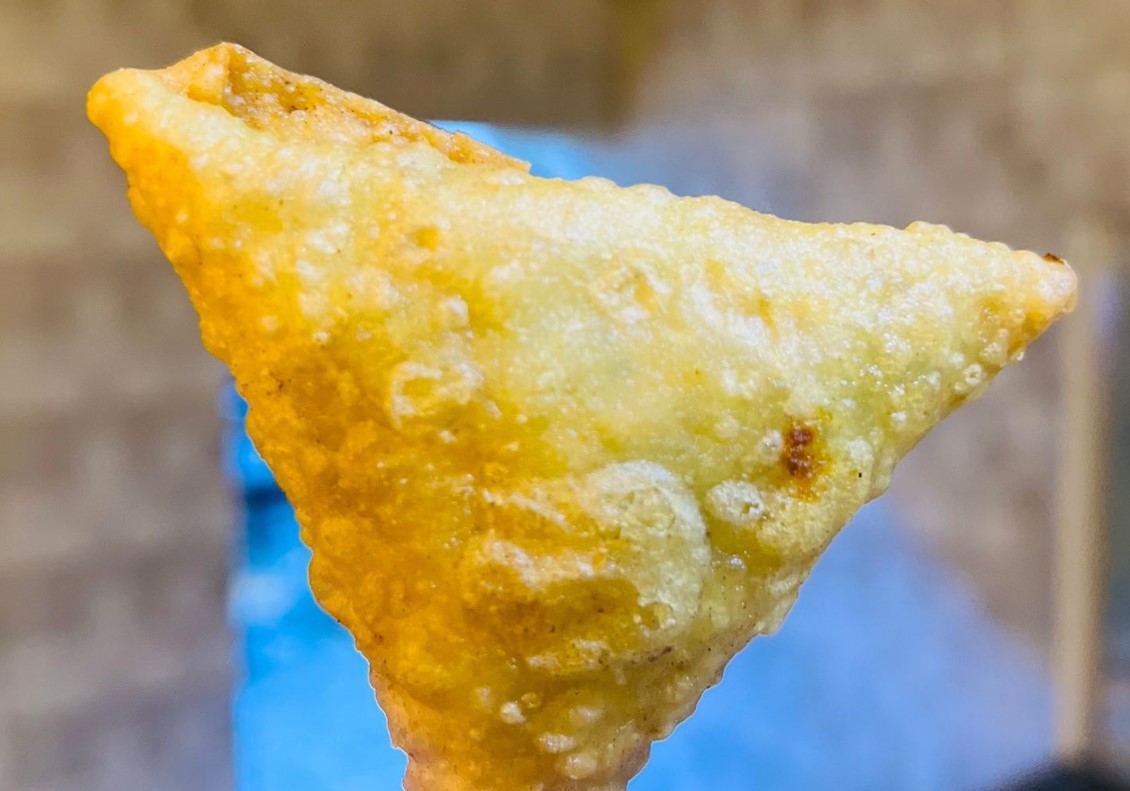 A resident of Eastleigh, Nairobi, displays a samosa on sale on March 18, 2024. (Photo: Amin Abdullahi)
A resident of Eastleigh, Nairobi, displays a samosa on sale on March 18, 2024. (Photo: Amin Abdullahi)
Different snacks and drinks are paraded, but the samosa reigns supreme, its popularity unmatched.
Saadiya Bilow, a vendor on Eastleigh's 12th Street, attests to the undeniable appeal of samosa during Ramadan.
"Samosas get sold very fast, especially this month. People love them," she remarks, amidst a flurry of customers clamouring for a taste of her samosas.
Preparations for this appetising snack begin hours before the official breakfast time, with households bustling with activity as early as 2 pm.
The process of preparing the perfect samosa demands time and effort, a testament to its significance to Muslims in Eastleigh during Ramadan.
In Eastleigh, the samosa has become synonymous with the holy month, earning its title as the unofficial food of Ramadan.
Ibrahim Hassan, a 24-year-old resident, expresses his unwavering love for samosas.
"My fast is not complete if I don't break it with a samosa," he declares, emphasising the integral role the snack plays.
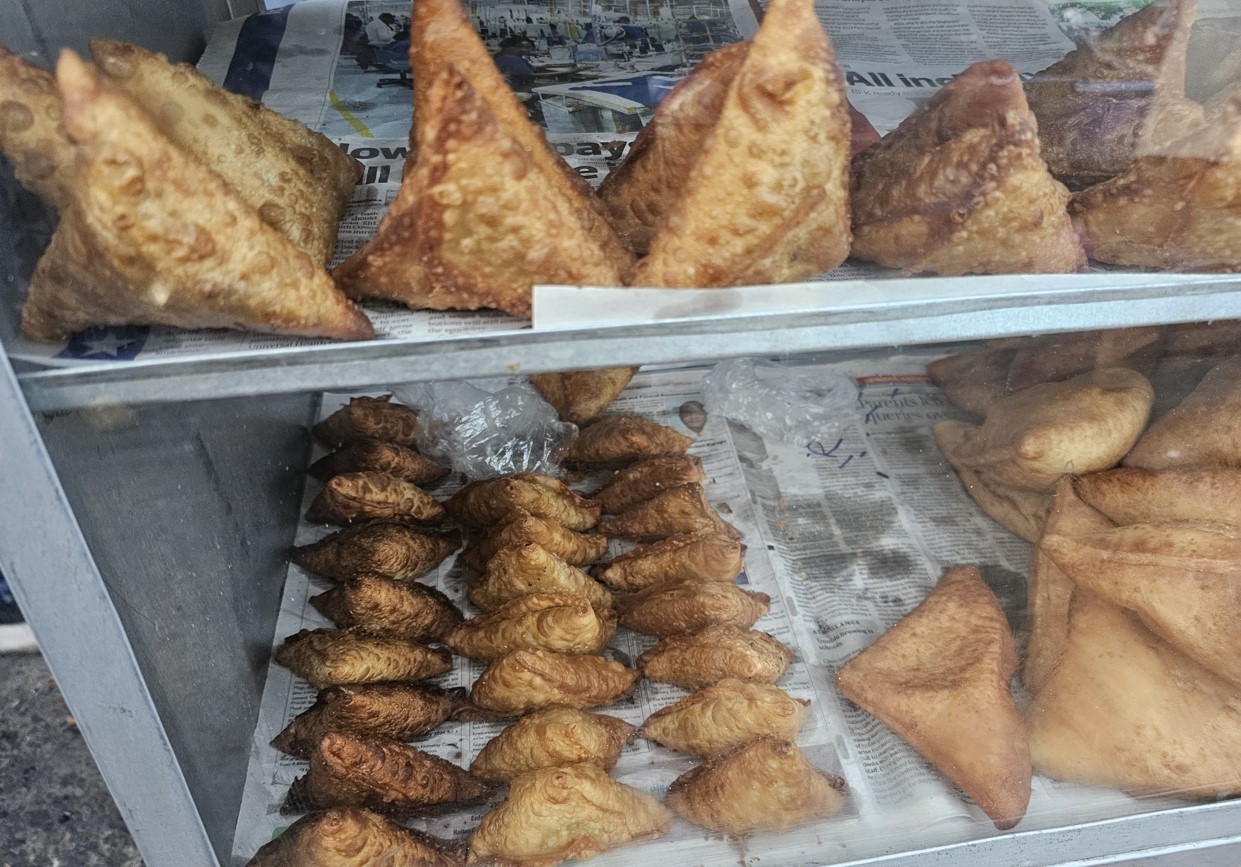 Samosas on sale in Eastleigh, Nairobi, on March 18, 2024. (Photo: Amin Abdullahi)
Samosas on sale in Eastleigh, Nairobi, on March 18, 2024. (Photo: Amin Abdullahi)
Indeed, for many like Ibrahim, the samosa carries the spirit of Ramadan, serving not only as a delicacy but also as a symbol of tradition and belief.
"The samosa is the snack for Ramadan. Without it, I won't feel like I have had breakfast," he says.
The fried pastry with pleasant fillings boasts a rich and diverse culinary history, with variations found in different regions.
Although many think the samosa originated in India, its roots can be traced back to Central Asia & the Middle East. In Arab cookbooks dating from the 10th to 13th centuries, pastries were referred to as 'sanbusak,' derived from the Persian term 'Sanbosag.'
The samosa was first mentioned in literature by the Persian historian Abul-Fazl Beyhaqi, writing in the 11th Century. He describes a dainty delicacy, served as a snack in the great courts of the mighty Ghaznavid empire in present-day Iran.
In 2010, Somalia made headlines when it imposed a ban on samosas as part of religious and cultural restrictions imposed by the Al-Shabaab terror group, which claimed its triangular shape was a symbol of the Holy Trinity in Christianity.
In Eastleigh, samosas are commonly filled with onions and camel meat, which adds a flavorful twist. However, some people fill them with mashed potatoes.
For this vibrant Nairobi neighbourhood, Ramadan is not just a time of fasting and prayer but also a celebration of unity, generosity, and, of course, the beloved samosa.
Top Stories Today
